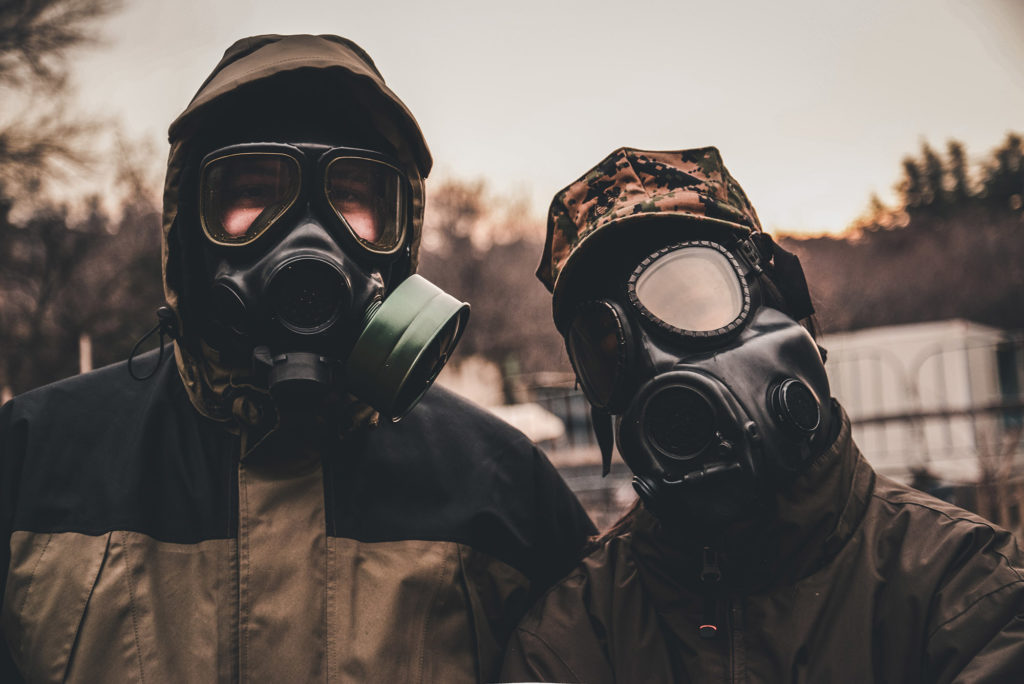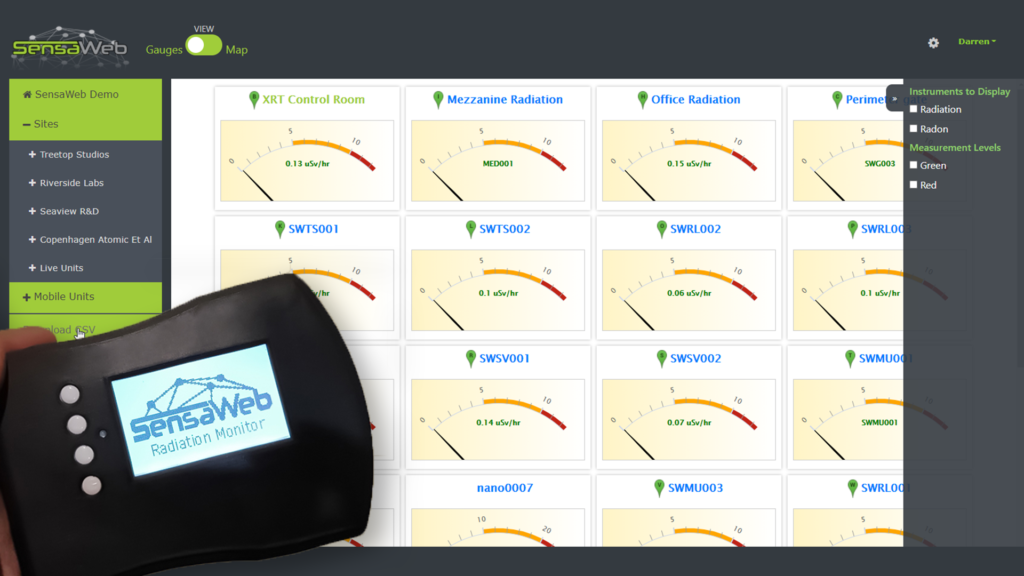Detection of nuclear and radiological materials is a necessary step for safety and security. Aside from healthcare and mining facilities, military forces also use radiation monitors as part of their defence system.
In fact, it was predicted in 2015 that the military demand for monitoring devices will grow to $868 million by 2022. On a global level, the market of radiation detection, monitoring, and safety is projected to reach USD 3.1 billion by 2026.

One of the fastest expanding areas of radiation detection, the military uses these devices to deter terror attacks, to control and confiscate illicit radioactive materials. These are for surveys of sites and known sources, especially after nuclear and radiation incidents.
Addressing Effects of Nuclear Accidents and Attacks
Nuclear weapons are the most dangerous weapons in the world. With their long-term effects, they endanger not only the natural environment but humans, both present and future generations.
These extremely powerful explosives were last used in the 1945 Hiroshima and Nagasaki bombings. Casualties count to more than 200,000 and the nuclear radiation left caused sickness, affecting thousands more.

About 13,400 weapons remain in the world today and treaties have been made to promote nuclear disarmament. One of these is the Treaty on the Prohibition of Nuclear Weapons, with 86 signatory states.
Radiation Monitors in Disarmaments
The short-term and long-term effects of radioactive weapons go beyond military targets and combatants. Nearby communities can also experience the consequences. For one, these weapons produce ionising radiation which causes long-term health effects. Scientific studies have shown significant associations between cancer and radiation doses.

That is why detection and disarmament are necessary steps to ensure safety. This goes the same with ports, where monitors are used in inspecting cargoes.
At border inspections (all locations where goods and individuals can enter), both hand-held and fixed monitors are used. Hand-held devices are usually more sensitive and can make more accurate dose rate measurements. Meanwhile, fixed and installed monitors are often used at checkpoints. These should be able to measure doses even with a continuous flow of people, vehicles and packages.
Real-Time Radiation Monitoring
Portability and ease of use are the top factors considered in radiation monitors.
With years of experience in radiation protection, safety management, and IT, the SensaWeb team has developed a solution that allows fast and convenient radiation monitoring.

Our technology allows you to see immediately, and on any device, the levels of radiation exposure in the areas where the monitors are placed, while also automatically generating the reports required by the government regulatory authorities. The sensors operate on the 4G network, so there’s no need to connect to your internal networks, and are as simple to install as plugging into a powerpoint!
Our monitoring solution increases the visibility of essential radiation information which then enhances safety and security, reduces the risk of compliance breaches, and increases staff and community assurance.
SensaWeb is proudly located in South-East Queensland, Australia. We strategically partner with local companies to support Australian-based advanced manufacturing. Message us here or at our email address: info@sensaweb.com.au. You can also call us at +61 415 409 467.